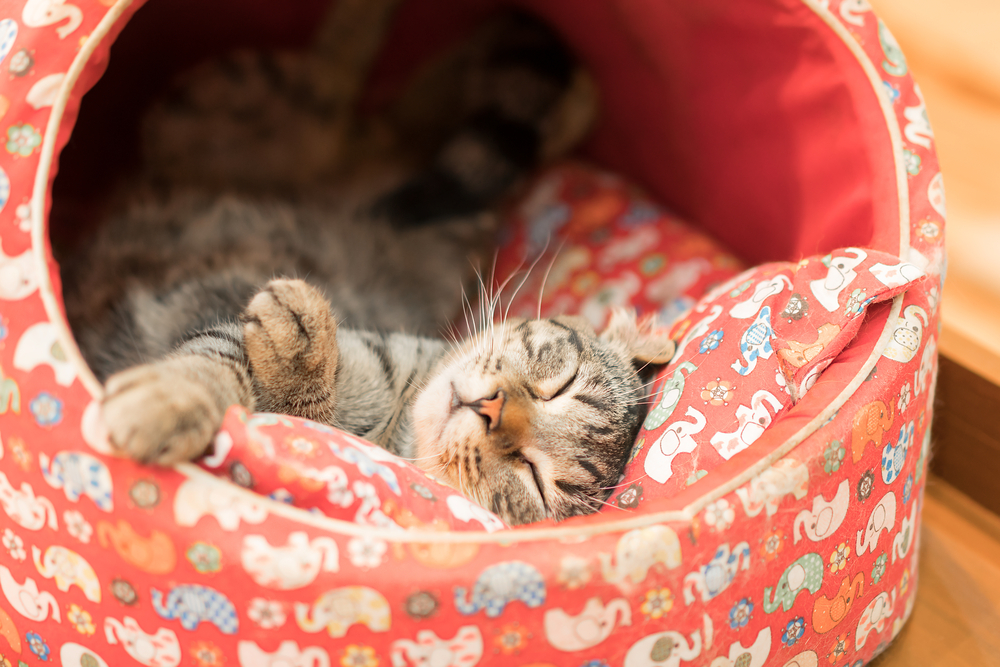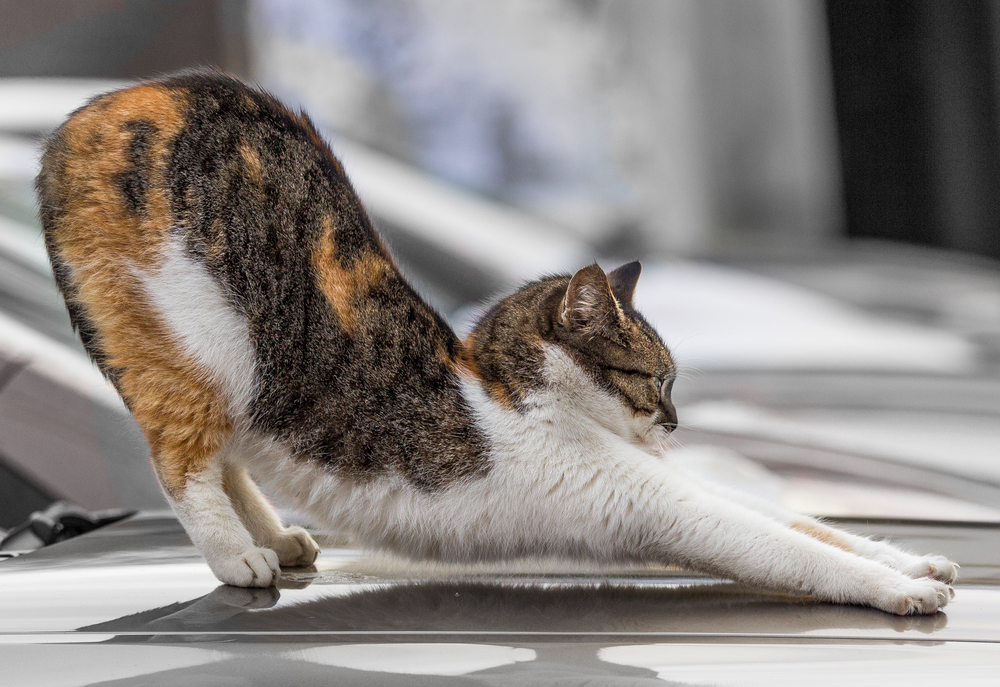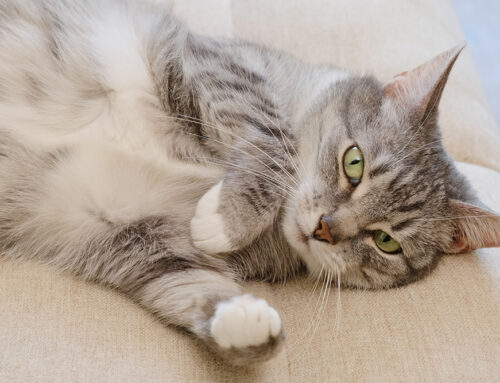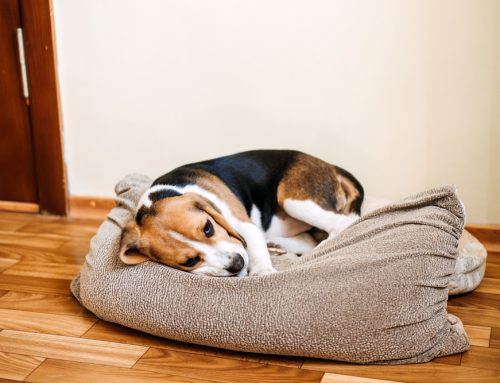Senior cats don’t usually zoom around the house as frequently as young cats, but they should still be active. Feline arthritis is common, but the condition is often undetected and untreated because many owners dismiss their cat’s arthritis signs as normal aging changes. Our Willow Wood Animal Hospital team wants you to know how to respond appropriately if your whiskered friend develops arthritis, and we provide valuable information about this condition.
Feline arthritis basics
Osteoarthritis (OA) is the most common feline arthritis type and is a progressive, degenerative condition. This disease causes the cartilage, which typically cushions and protects a joint’s bones, to deteriorate. When cartilage deterioration becomes severe, the bones rub together, damaging and inflaming a joint even more. Feline OA is not completely understood, but veterinarians believe that the condition results from joint wear and tear. Certain factors can also predispose a cat to OA, including:
- Advanced age — OA can affect a cat of any age, but senior cats have a higher risk. One study demonstrated that X-rays of more than 90% of cats older than 12 years of age indicated OA in at least one joint.
- Breed — Certain cat breeds are genetically predisposed to OA. Such breeds include:
- Maine coons, and Persian and Siamese cats have a hip dysplasia risk. This is a developmental disorder that causes joint laxity, leading to OA.
- Abyssinians and Devon rexes are predisposed to patella luxation, which causes the kneecap to dislocate, eventually resulting in OA.
- Scottish folds are prone to a cartilage abnormality that causes severe arthritis, which affects multiple joints.
- Excess weight — U.S. veterinarians classify 61% of cats as being overweight or obese. Excess weight places additional strain on a cat’s joints. In addition, excess adipose tissue (i.e., fat) produces inflammatory mediators that increase joint inflammation.
- Injury — Any fracture, dislocation, or soft tissue injury in or around a joint can lead to OA.
- Infection — Joint infections and some systemic infections can lead to joint inflammation and subsequent OA.
Feline arthritis signs
Your feline friend may be vocal about their empty food bowl, but they are more circumspect about revealing a vulnerability. Most arthritic cats don’t exhibit overt lameness signs, but they may have arthritis if they exhibit these signs:
- Increased rest — Moving around on achy joints is painful, and arthritic cats often spend less time running and jumping and more time napping.
- False starts — Cats are impressive jumpers, but when your whiskered pal’s joints hurt, they may hesitate to jump or make a false start before completing a jump.
- Avoiding high areas — Cats typically like to view their environment from an elevated location, but an arthritic cat may avoid jumping to these spots to avoid joint pain.
- Bunny hops — Healthy cats stride easily when navigating the stairs or barely touch the steps at all, while arthritic cats may take the stairs one at a time, bunny hopping.
- Grooming less — Painful joints can make grooming difficult, and an arthritic cat’s hair coat may be unkempt or matted.
- Hiding — Being in pain is stressful for cats, and some react by hiding to avoid interaction with people and other household pets.
- Irritability — Some arthritic cats exhibit uncharacteristic irritability or aggression.
- Inappropriate elimination — Your arthritic cat may have difficulty getting in and out of the litter box, and they eliminate in a more convenient spot.
Feline arthritis treatment
Arthritis has no cure, but a multimodal treatment approach can significantly improve your arthritic cat’s quality of life. Our Willow Wood Animal Hospital team may prescribe the following disease management strategies:
- Medications — We commonly prescribe nonsteroidal anti-inflammatory (NSAIDs) to help manage arthritis pain and inflammation.
- Monoclonal antibody treatment — Relatively new, monoclonal antibodies administered once per month help manage feline arthritis pain.
- Exercise — Daily, light exercise can help strengthen muscles and improve joint function.
- Joint supplements — We may recommend joint supplements, such as glucosamine, chondroitin, and omega-3 fatty acids, to help promote your cat’s joint health.
Feline arthritis home management

You can also make changes in your home to improve your arthritic feline’s quality of life. To make your arthritic cat’s homelife easier, follow these tips:
- Place ramps or stairs near your cat’s preferred elevated resting spot, so they don’t have to jump to access the area.
- Provide comfortable supportive bedding to help them rest their achy joints.
- Ensure your cat’s water and food bowls, litter box, and scratching post are easily accessible, preferably on your home’s main level.
- Provide a low-sided litter box that your cat can easily navigate.
- Elevate your cat’s food and water bowls to prevent their need to crouch on painful joints when eating or drinking.
If your cat exhibits arthritis signs, contact our American Animal Hospital Association-accredited Willow Wood Animal Hospital team, so we can devise a treatment plan to keep your whiskered friend as comfortable and mobile as possible.







Leave A Comment